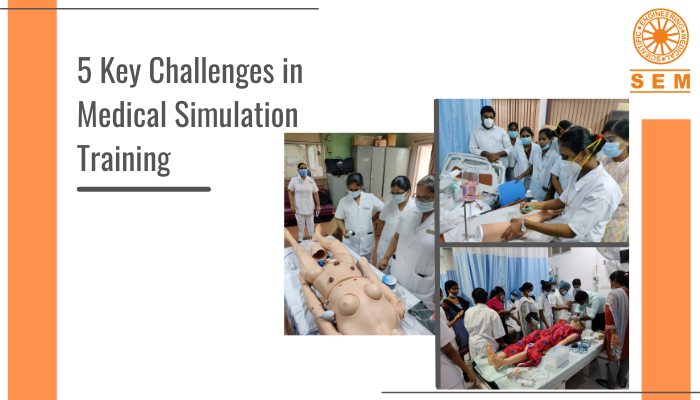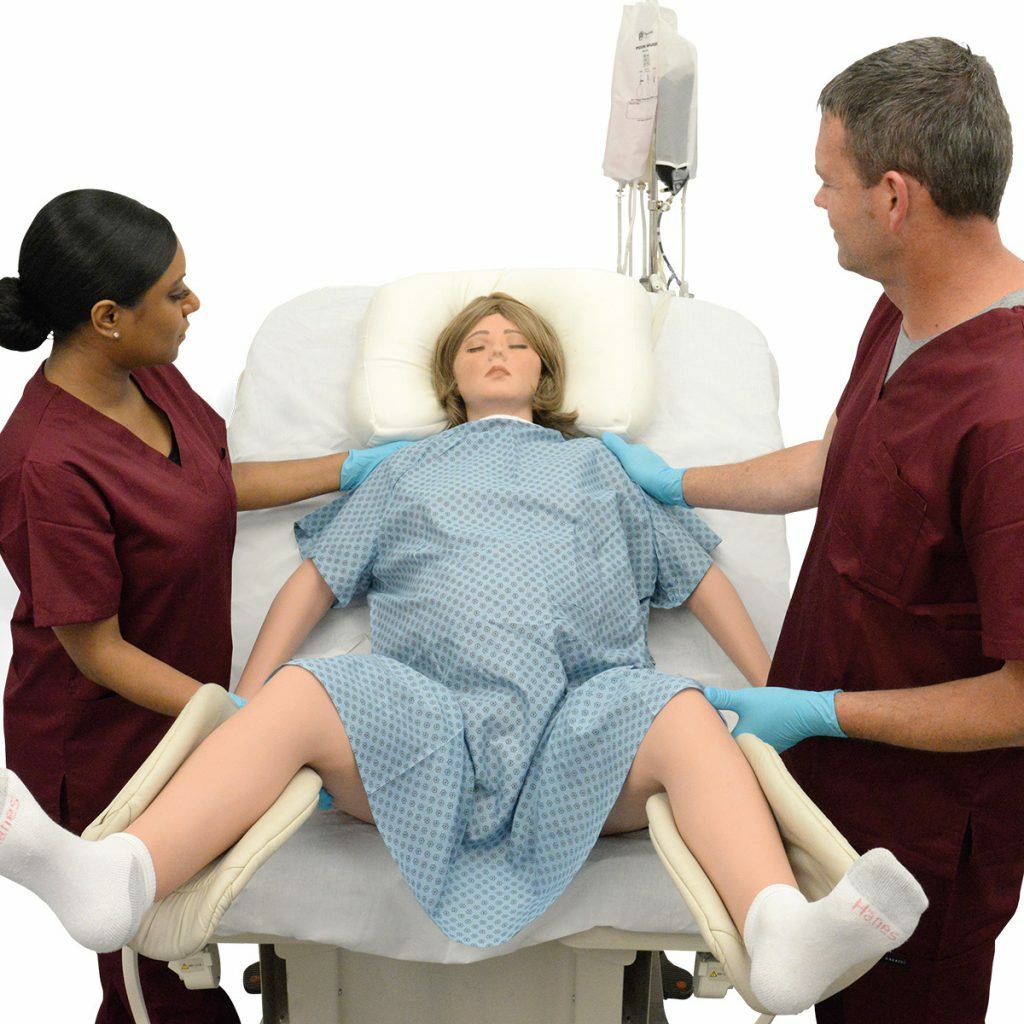5 Key Challenges in Medical Simulation Training

The application of simulation in medical training has revolutionized how we approach healthcare and how we train our future doctors. It provides learners with a safe environment to get some hands-on practice. It spares real patients the discomfort of being attended by freshers. Simulation in medical training also creates better doctors and medics, furthering the stance and quality of healthcare in the world.

But like everything else, medical simulation training comes with its own challenges. Today, we will talk about the 5 most common challenges faced by technicians in medical simulation.
Insufficient psychological fidelity/ realism
The whole purpose of simulation-led training is to provide learners with a realistic scenario so that they can learn better and afford to make mistakes in a safe environment. If they can’t perceive the simulation to be a believable environment, it might not be as effective. When we use realistic manikins and set up realistic scenarios that replicate the nuances of the real process, not only do students learn better, they develop critical decision-making and ad-hoc skills. Realism helps learners take it more seriously.
Cost
Better learning comes at a cost. A major roadblock in implementing simulation-led medical training is the expense of it all. Medical manikins and simulators are expensive. You also need to compensate the actors (depending on the kind of simulation you are going for). And then there are the expenses for the buildings, equipment, furniture, salaries, consumables, refreshment, allowances, transportation, electricity, laundry, course design, and many more resources. So while simulation-led training has proved to be more effective than conventional methods, when it comes to the fidelity-cost trade-off, you need to make the choice.
Lack of trained instructors
A simulation-led training program is only as effective as the instructor. The lack of trained instructors able to teach through simulation is another roadblock to training medical aspirants through simulation. A good instructor will be able to utilize the potential of simulation-based training to teach important skils, and build various soft skills like communication, decision-making, and critical thinking skills. He will also be able to employ effective debriefing techniques to provide immediate feedback and encourage learning.
Building team skills
There are some things you only learn by working in a team. Because simulation training focuses on building individual skills, it misses out on the fact that in the real world, doctors won’t be working on a patient alone- they will need team skills. They will need to get along and communicate effectively, appreciating the contribution of the rest of the team.
Keeping it interesting
Debriefing is often seen as the most important part of simulation-led medical training. However, focussing largely on assessment can quickly turn a possibility for a hands-on, safe learning experience with opportunity for genuine inquiry into a dreaded responsibility that learners need to get out of the way. To a learner, simulation-led training is supposed to be a risk-free learning environment. And even though a situation may be risk-free to a patient, a learner is still exposing his lack of knowledge and experience to his instructors and his peers. By laying out the rationale, ground rules, parameters, and risk beforehand, an instructor can minimize performance stress and make this process easier on the learner, allowing the simulation to fulfil its purpose- that of better learning.
These challenges, among others, might just be why simulation healthcare training isn’t as widely accepted yet. When all the different challenges of simulation-led medical training are addressed, the results can be astonishing.
